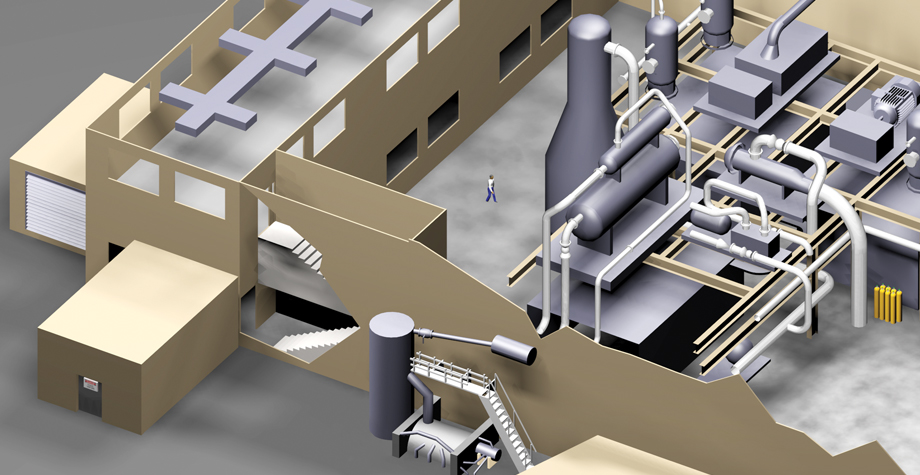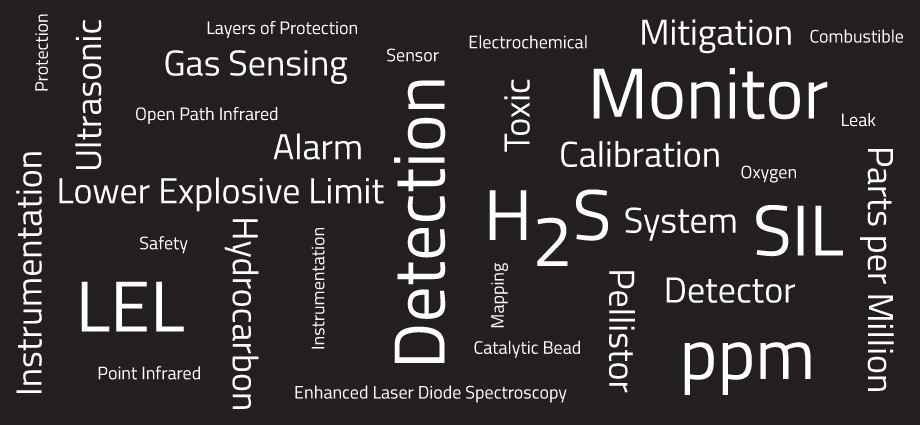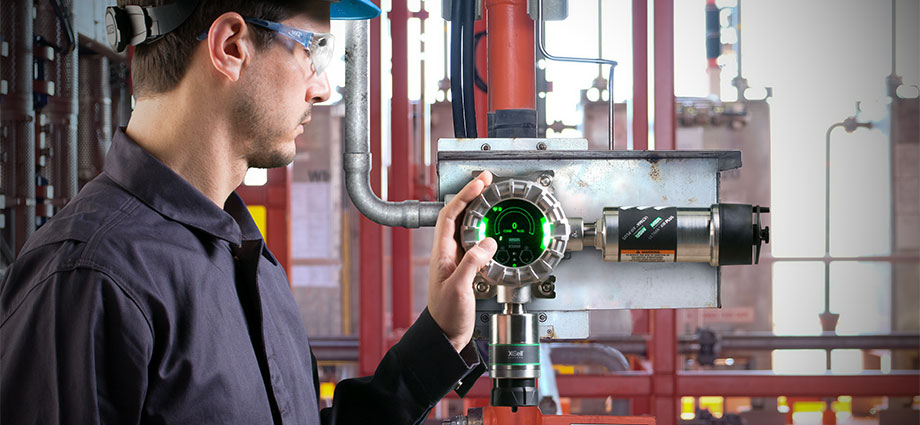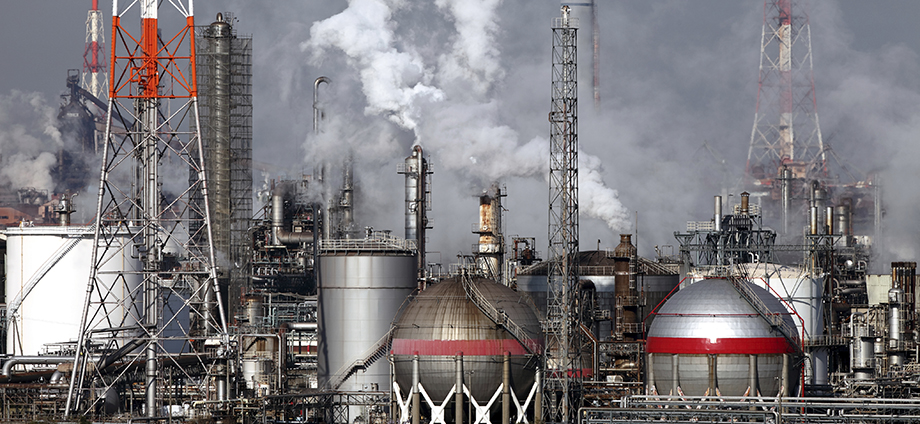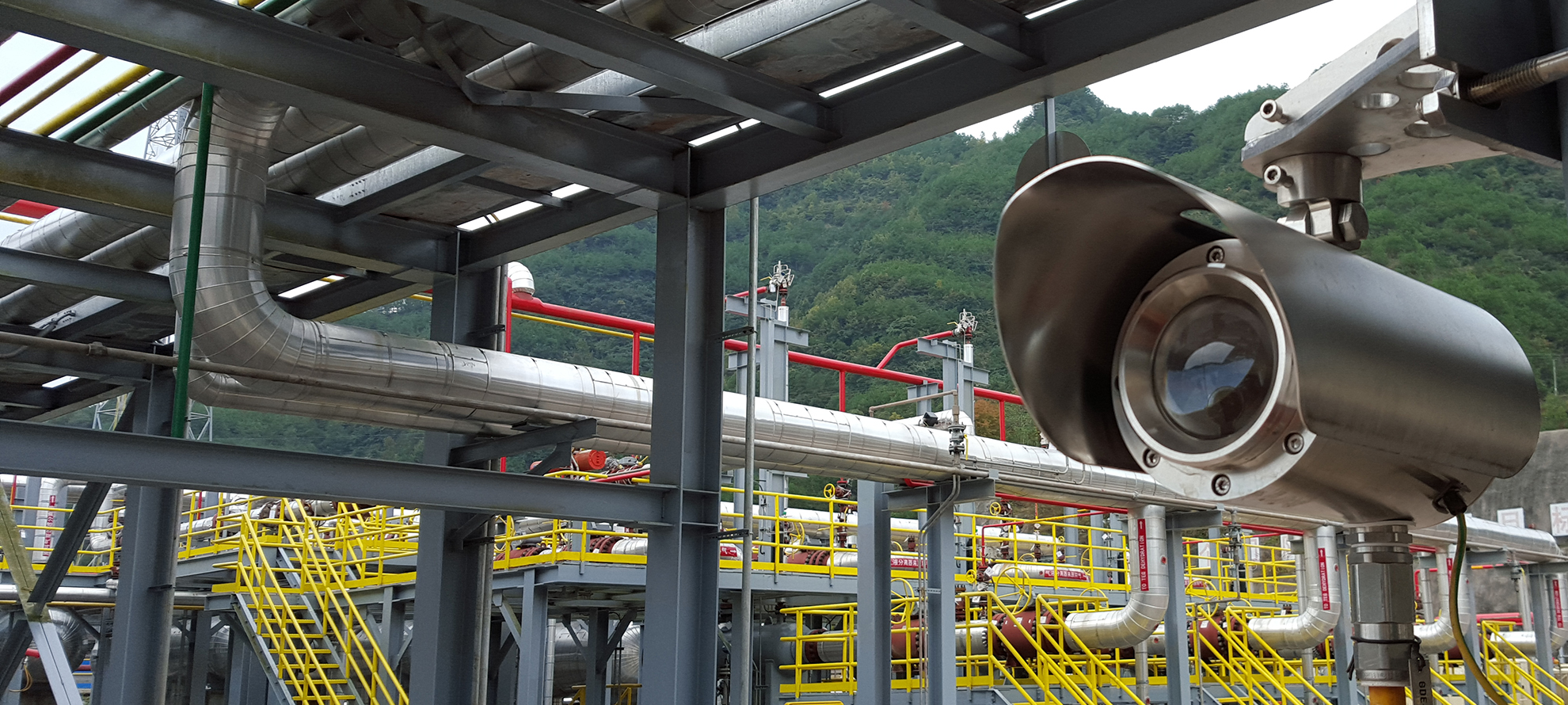
Ethylene (C2H4) is a key chemical in global industry due to its versatility. Used in power generation, plastics manufacturing, and as a building block for other chemicals, ethylene’s importance is underscored by its production volume—around 200 million tons annually. The United States alone contributes significantly, with 95% of its ethylene production concentrated in the Gulf Coast region.
Understanding Ethylene: Properties and Uses
Ethylene is a colorless, flammable gas with a slightly sweet odor. It is the simplest alkene and a vital raw material in the petrochemical industry. Its primary uses include producing polyethylene (a widely used plastic), ethylene oxide, and ethylene glycol. Due to its chemical properties, ethylene is highly reactive, making it crucial to handle and store it safely.
Storing Ethylene: The Process and Precautions
Given its widespread use and high reactivity, safe storage of ethylene is important. The most efficient method involves storing ethylene as a pressurized liquid in underground caverns. This method capitalizes on the natural stability and dryness of rock salt formations, which are ideal for creating secure storage spaces.
Safety Measures: Monitoring for Gas Leaks
Given ethylene’s flammability, monitoring for leaks is key safety initiative. The gas can pose significant hazards if released uncontrolled, leading to fire or explosion risks. Comprehensive monitoring systems can be implemented using a variety of detection methods:
- Laser detection systems, like the Senscient ELDS™, provide several advantages over traditional methods such as non-dispersive infrared (NDIR) detectors. Lasers are not affected by other gases, perform better in adverse weather, and offer higher sensitivity without the need for regular maintenance. Specifically, the ELDS system is tuned to detect ethylene, making it highly effective for this application.
MSA Solution: Senscient ELDS™ Open Path Gas Detector: Monitors for ethylene leaks along pipelines, using laser technology that offers high specificity and reliability.
- Point infrared gas detectors offer high accuracy and selectivity, a large measurement range, low maintenance, and high resistance to chemical poisons. They don’t require oxygen or air, virtually eliminates span drift, and doesn’t need routine calibration.
MSA Solution: ULTIMA® X5000 XIR Plus Point Gas Detector: Detects ethane leaks at injection points.
- Ultrasonic gas leak detectors detect leaks from pressurized gas systems by sensing the airborne ultrasound produced by escaping gas. Unlike other methods, it doesn’t wait for the gas to accumulate and travel to the detector, allowing for a much faster response to leaks.
MSA Solution: Observer® i Ultrasonic Gas Leak Detector: Detects the sound of high-pressure gas leaks.
The Importance of a Layered Safety Approach
Due to the volatile nature of ethylene, a layered approach to safety is a good approach to take. This involves multiple technologies working together to monitor and respond to potential hazards. Such an approach helps ensure comprehensive coverage, from detecting leaks at the source to monitoring the surrounding environment, thus enhancing overall safety and operational reliability.
Installing a combination of ELDS lasers, ultrasonic detectors, and point IR detectors enhances safety against ethylene leaks. This setup offers comprehensive monitoring capabilities, effectively covering pipelines and leak-prone equipment.
By utilizing advanced detection technologies and a layered safety approach, the risks associated with ethylene storage can be mitigated for a safe and reliable supply chain for this critical chemical.


